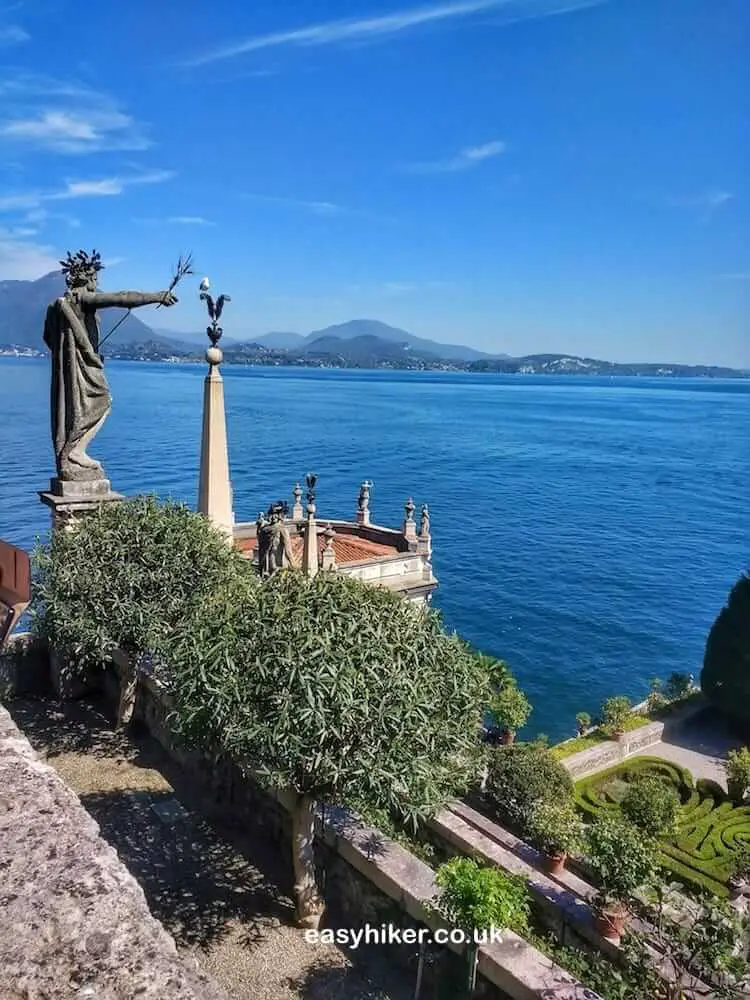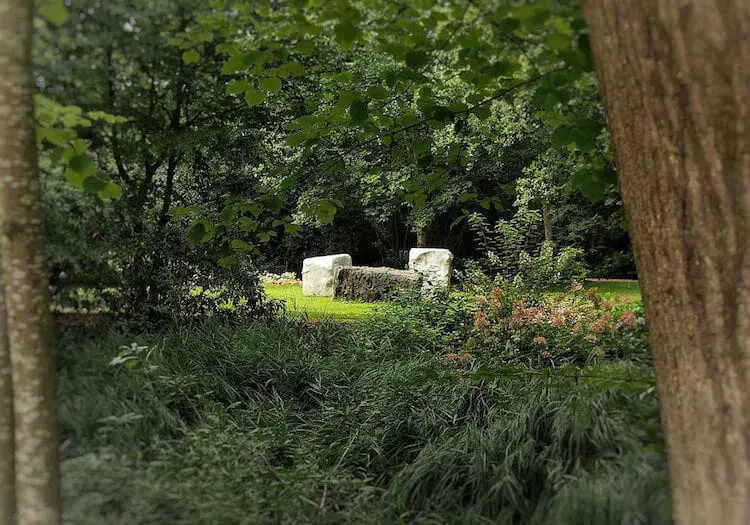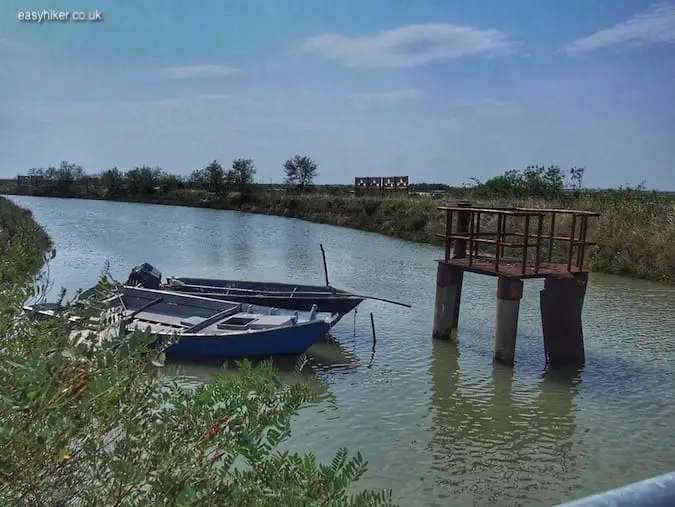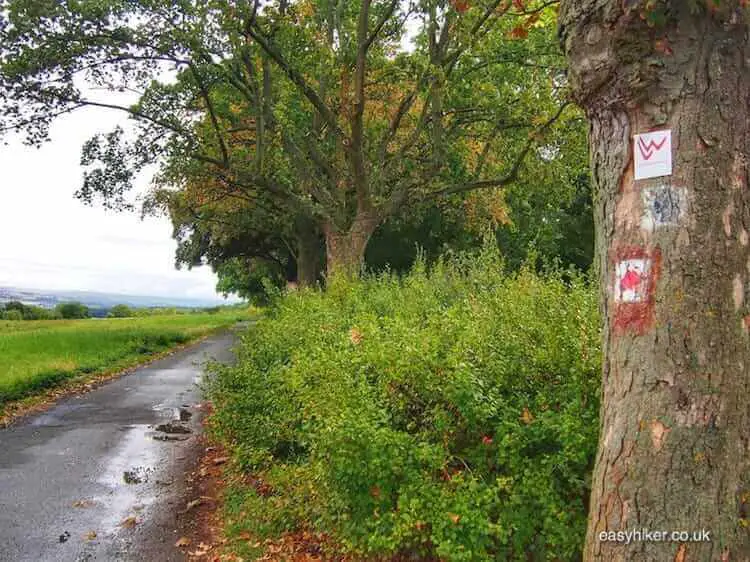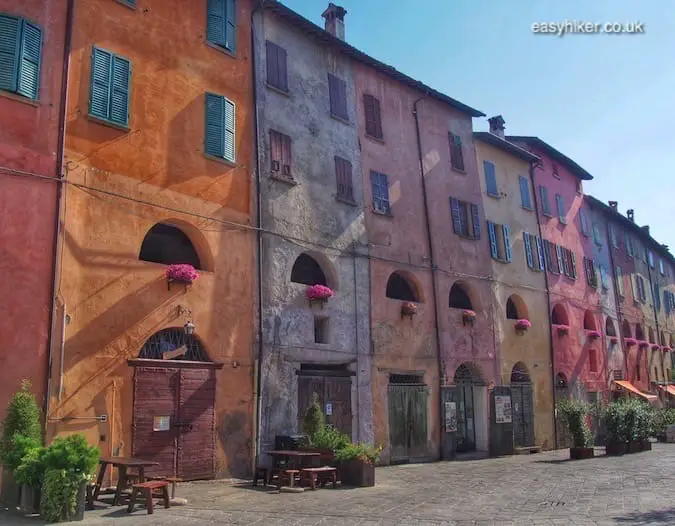The Lago Maggiore is, despite what its name appears to suggest, not the largest body of water in the Italian “Lake District” (that honour goes to Lake Garda), but it is the most stretched-out. The shortest route around it is 170 km long, and more than 60 km lie between Arona in the south and Locarno in the north – which is why a ferry ride between the two towns will take you a whopping 4 hours.
All of this means that, no matter which lakeside town you may pick as your holiday base, an extended weekend stay is never enough to see all or even most of the lake. Not even from a distance, because the twists and turns in the Lago’s snake-like shape make it difficult to see further than a kilometre or two from wherever you stand.

And since it is not easy to cross the lake from west to east, you will have to decide which of the two quite distinctive shores of the Maggiore you are going to visit.
Some people prefer the east (the Lombardy side) which is known for its calm and relaxed atmosphere, but most visitors head for the west (the Piedmont side) where most of the major towns and attractions are concentrated.
The centre of the local tourism industry, for good as well as bad, is the town of Stresa (in Piedmont) half way up the lake, which is also where we went for our stay.

The Sights and Charms of the Lago Maggiore
A short walk to explore the sights and charms of the Lago Maggioreis a great way to start a holiday on the Lago Maggiore: see what is on offer and how you might want to spend your time over the next few days.
The trail from Stresa to the neighbouring town of Baveno is perfect for this purpose: it is neither too strenuous nor too long (leave after breakfast and you can be back for lunch) and will familiarize you with the charms, the major sights and the character of the area. On top of that, it has everything that makes hiking such a great pastime, featuring magnificent views, variety and even a few surprises along the way.
Start by strolling down the lakefront promenade, the Ruota Panoramica, turning left (northward) opposite the Stresa ferry harbour on Piazza Marconi. There is plenty of magnificent scenery to enjoy on this first part of the walk, sometimes accentuated by well-placed works of modern art.

There is plenty of interesting architecture, too. Stresa was once “exclusive” in the true and original meaning of the word, accessible and affordable only for a happy few aristocrats and the crowned heads of Europe – in the early 19th century, Napoleon visited Stresa on the invitation of Giberto Borromeo, the Marquis of Anghera, as did the Princess of Wales.
A few decades later, however, the railways arrived, and Stresa began to welcome members of the wealthy middle classes, too. This was the period when the town’s lakefront acquired its characteristic mix of the grand and the grandiose, of ancient aristocratic mansions and opulent new hotels, which were built in the unique Italian period style that always makes you wonder: is this tacky or magnificent – or perhaps both?

Stresa may no longer be as chic as it once was but is still very popular, day-trippers from Milan and Switzerland having replaced aristocratic visitors and members of the haute bourgeoisie.
Many of the formerly grand mansions, meanwhile, stand empty and derelict.

We found it somewhat surprising that these old villas – or at least the lakefront land on which they stand – appear not to have found a buyer. Some clearly have, however, and were replaced by modern buildings.

On second thought, it is perhaps good that the local developers do not seem to be in a hurry. The old abandoned mansions at least lend some romance and mystery to Stresas’s lakefront.
Towards the end of the lungolago promenade, you also get close-up views of the Isola Bella, the nearest of the three Borromean Islands in the middle of the lake, all of which are easy-to-reach by ferry. Such a visit is certainly something you may want to mark down as something to do for the next day.

A few steps from there, the promenade merges with the busy road on your left, and where this road veers inland, you must follow the bend but turn immediately into the street on your right that leads to the Lido di Carciano ferry port.
This is also where you will find the Funivia cable car station. Trips to the top of the Mottarone mountain, however, are off the menu for the foreseeable future.

You may remember the story: in May 2021, 14 people died when a cable snapped and one of the cabins crashed down the Mottarone. The matter is still being resolved by the Italian justice system, and knowing how slowly the mills of this system are grinding, a re-opening of the service appears to be some way off. So if you fancy a ride up the Mottarone: mark that down for the next decade.
The Lido di Carciano is also the place where you must cut inland for the main part of the walk. Turn into Viale Lido and then left into Via Sant’Arialdo to briefly join the busy main street, the Via Sempione, until the street bends softly to the left.
Just before the Aminta Hotel, turn left into the Via del Rampolino and turn right into the uphill footpath at its very end.
During the next hour, you will walk through dense forests, …

… as well as open spaces, …

… experiencing the drama of nature, first in a minor key, …

… and then in the grandest of manners. From the top of the ridge, you get magnificent views of all three large Borromean islands (plus the tiny outcrop of Malghera in between), …

… framed, on the right and the left respectively, by a picturesque old farm house and a discarded bathtub. Welcome to Italy!
Right after this beauty spot, you have to watch out a bit: after you have passed this house …

… you must look for a narrow passage on your left where you will, incidentally for the first time along the way, find a trail marker.
If you miss the passage and find yourself in front of an iron gate a little further up, you must walk back for about 100 metres and look for this sign in the bushes opposite the villa.
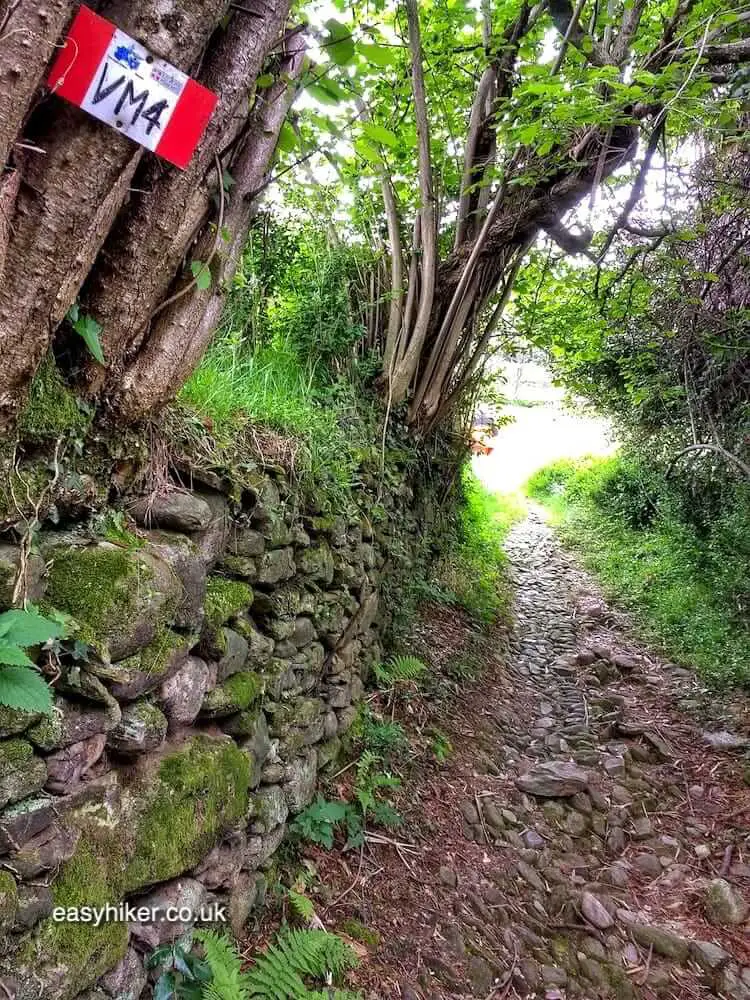
Soon after this, the descent into Baveno will begin. Baveno is essentially a smaller version of Stresa, less busy and less crowded, but it also has some charms of its own like this pretty ensemble of a small church and a way-of-the-cross colonnade, built on a hill in the town centre.

You can return to Stresa by boat or by bus (there is a stop right opposite the ferry harbour).
We will provide you with further details about the local transport system next week when we invite you to follow us on our first walk on the Borromean Islands. See you then!
